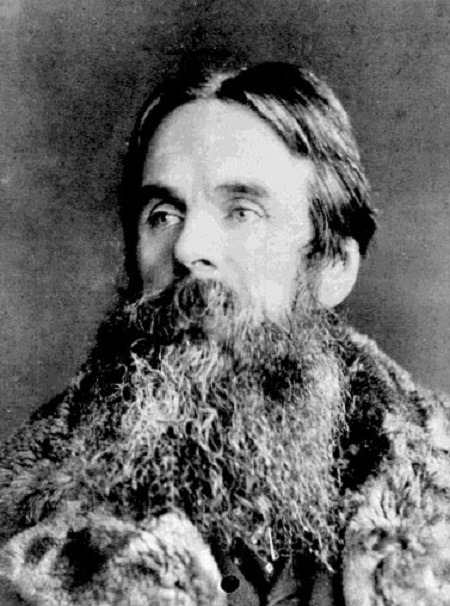William Holman Hunt (William Holman Hunt)

Pre-Raphaelite artist and founder of the Pre-Raphaelite School. Eventually entering the Royal Academy art schools, having initially been rejected, William rebelled against the influence of its founder Sir Joshua Reynolds. He formed the Pre-Raphaelite movement in 1848, after meeting the poet and artist Dante Gabriel Rossetti. Along with John Everett Millais they sought to revitalise art by emphasising the detailed observation of the natural world in a spirit of quasi-religious devotion to truth. This religious approach was influenced by the spiritual qualities of medieval art, in opposition to the alleged rationalism of the Renaissance embodied by Raphael. William had many pupils including Robert Braithwaite Martineau. William’s works were not initially successful, and were widely attacked in the art press for their alleged clumsiness and ugliness. He achieved some early note for his intensely naturalistic scenes of modern rural and urban life, such as The Hireling Shepherd and The Awakening Conscience. However, it was with his religious paintings that he became famous, initially The Light of the World (1851–1853, now in the chapel at Keble College, Oxford; a later version (1900) toured the world and now has its home in St Paul’s Cathedral. William married twice. After a failed engagement to his model Annie Miller, he married Fanny Waugh, who later modelled for the figure of Isabella. When she died in childbirth in Italy he sculpted her tomb at Fiesole, having it brought down to the English Cemetery, beside the tomb of Elizabeth Barrett Browning. His second wife, Edith, was Fanny’s sister. In the mid-1850s Hunt travelled to the Holy Land in search of accurate topographical and ethnographical material for further religious works, and to “use my powers to make more tangible Jesus Christ’s history and teaching”; there he painted The Scapegoat, The Finding of the Saviour in the Temple and The Shadow of Death, along with many landscapes of the region. Hunt also painted many works based on poems, such as Isabella and The Lady of Shalott. His paintings were notable for their great attention to detail, vivid colour and elaborate symbolism. These features were influenced by the writings of John Ruskin and Thomas Carlyle, according to whom the world itself should be read as a system of visual signs. For William it was the duty of the artist to reveal the correspondence between sign and fact. Out of all the members of the Pre-Raphaelite Brotherhood William remained most true to their ideals throughout his career. He was always keen to maximise the popular appeal and public visibility of his works. He eventually built his own house in Jerusalem. For his early works he took a lot of unfair criticism, so much so that he seriously considered emigrating abroad, but he was tough and strongminded enough to carry on working in the style he wanted. In 1852 he applied for associate membership of the R.A. but was turned down. He never applied again. (bio by: Shock) Family links: Spouses: Fanny Waugh Holman Hunt Edith Waugh Holman Hunt* *Calculated relationship
Born
- April, 02, 1827
- England
Died
- September, 09, 1910
- England
Cemetery
- Saint Paul's Cathedral
- England

